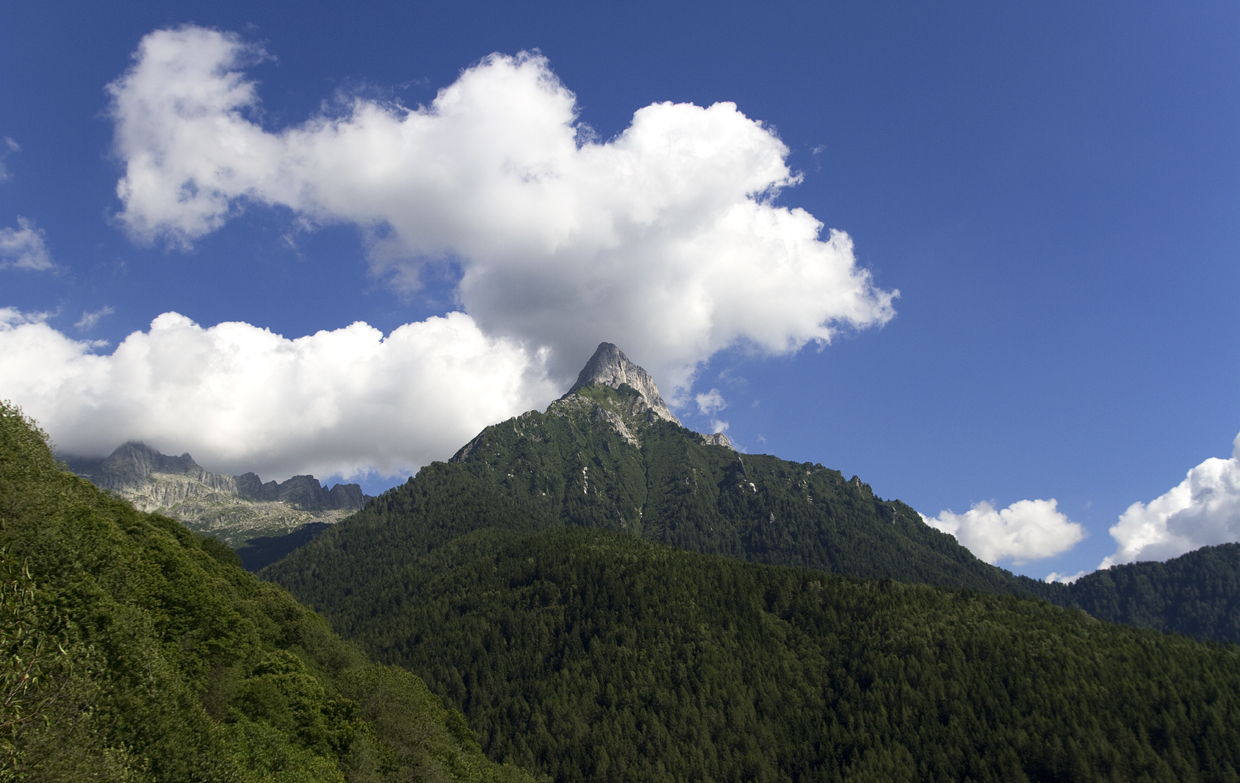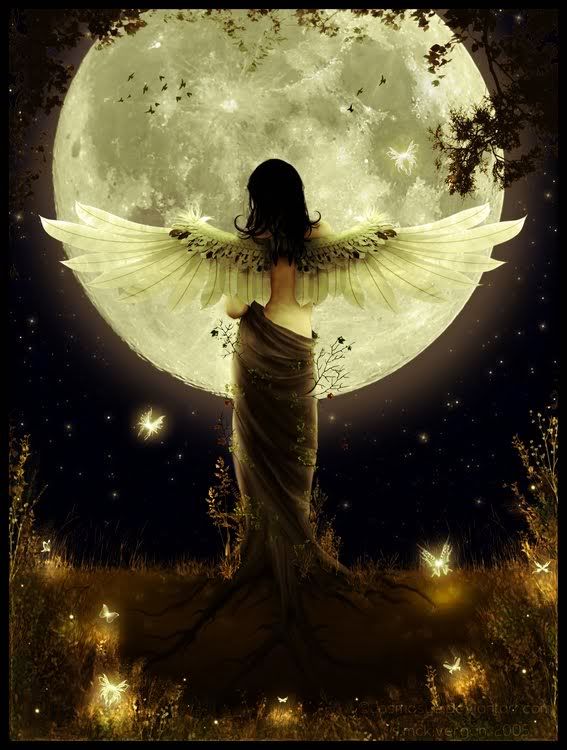Tropaeum Alpium
The Tropaeum Alpium (Latin for "Victory Monument of the Alps", French: Trophée des Alpes), was built by the Romans for the emperor Augustus to celebrate his decisive victory over the ancient tribes who populated the Alps. The monument's remains are in the commune of La Turbie (France), a few kilometers from the Principality of Monaco (Latin: tropaeum from Greek: tropaion whence English: "trophy").
Just like a master hunter's trophy room, inscribed within the remaining remnant of this ancient monument are forty-five Alpine tribes who engaged in war with the Roman army. There were others; some too small to mention, others elected not to fight. The clan factions from the movie 'Braveheart' come to mind. These Alpine and Celto-Gaulish tribes were the primary combatants resisting the Roman invasion in this particular war. Three out of the first four tribes inscribed were from the Brescian Tri-Valley (Camunni and Trumpilini) and the Valtellina/Valchiavenna (Vennonetes). These three tribes where not specifically Celto-Gaulish, but of the original Alpine tribes of pre-history. The overall forty-fives tribes were a mixture of Alpine and the historically more recent Celto-Gaulish.
 According to the e-book 'Republic of Augustus',"The Venonetes (modern spelling) were regarded as one of the most warlike populations of the Alps." I have also read, reciting now from memory, that the Camunni and Trumpilini--in particular--fiercely fought the Roman army in this war. I don't think that it's any random act that these three tribes were listed among the first four inscribed on the stone within the Tropaeum Alpium by Pliny the Elder. It is not known why the third Brescian Tri-Valley tribe, the Sabini, were not listed. It is known that the Celtic tribe from the nearby Po flatlands south of the Alps, the Cenomani, elected to surrender rather than go against the invading Romans.
According to the e-book 'Republic of Augustus',"The Venonetes (modern spelling) were regarded as one of the most warlike populations of the Alps." I have also read, reciting now from memory, that the Camunni and Trumpilini--in particular--fiercely fought the Roman army in this war. I don't think that it's any random act that these three tribes were listed among the first four inscribed on the stone within the Tropaeum Alpium by Pliny the Elder. It is not known why the third Brescian Tri-Valley tribe, the Sabini, were not listed. It is known that the Celtic tribe from the nearby Po flatlands south of the Alps, the Cenomani, elected to surrender rather than go against the invading Romans.The Greek historian Strabo (63/64 BC–ca. 24 AD) described the Camunni as part of the Rhaetian peoples and related to the Celtic Leponti, while the Roman historian Pliny the Elder (23–79 AD), citing the Origines of Cato the Elder (234–149 BC), spoke instead of the Camunni as one of several tribes of the Euganei. The Rhaeti were originally a regional Alpine language grouping north of the Venonetes and Camunni, in what later became German-speaking regions. The Euganei were also Alpine people of what later became Italian-speaking regions. Later Celtic and Etruscan influence has, at times, created some confusion as to specific origins. It seems clear to me that the Venonetes, Camunni, and Trumpilini were basically Alpine tribal groups who all spoke the ancient Camunic language.
The Roman conquest
Val Camonica was subjected to Rome during the campaigns of Augustus to conquer Raetia and the Alpine arc, conducted by his generals Nero Claudius Drusus and Tiberius (the future emperor) against the mountain peoples in 16–15 BC. Publius Silius Nerva, governor of Illyricum, was to complete the conquest of the eastern Alpine front, which reached from the valley of Como to Lake Garda (therefore including the Valcamonica), in addition to the Vennoneti of Vinschgau.
The Camunni and Vennoni, Alpine tribes, took up arms against the Romans, but were conquered and subdued by Publius Silius.
· GENTES ALPINAE DEVICTAE TRVMPILINI · CAMVNNI · VENOSTES ·
— Tropaeum Alpium, La Turbie

After the Roman conquest, the Camunni were annexed to the nearest cities in a condition of semi-subjection through the practice of adtributio, which allowed them to maintain their own tribal constitution while the dominant city became the administrative, judicial, and fiscal center. The city that the Camunni were assigned to was probably Brixia. At first they were assigned the status of peregrinus, and then they obtained Roman citizenship; in the Flavian Age they were assigned to the Quirina tribe, while they maintained a certain self-government; in fact, a Res Publica Camunnorum has been recorded.
Romanization proceeded from Civitas Camunnorum (Cividate Camuno), a city founded by the Romans around 23 BC, during the principate of Tiberius. Beginning in the 1st century, the Camunni were included in stable Roman political and social structures, as evidenced by the numerous legionaries, artisans, and even gladiators of Camunian origins in several areas of the Roman Empire. Camunian religion went through the process of interpretatio Romana, forming a syncretic combination with Roman religion.
*************************
The "Aprica Pass" was an ancient mountain pass, now a road, which was the primary mountain trail connecting the Valtellina and the Val Camonica. In ancient times, the two regions once shared the same language, culture, and spiritual tradition apparently.
Le Trophée des Alpes (Trophée d'Auguste) La Turbie HD / Trophy of the Alps
jppkeyser
*************************
 The Last Holdouts in Italy: Venonetes and Camunni
The Last Holdouts in Italy: Venonetes and Camunni I wanted to add one more clue from the free e-book 'Republic of Augustus' (Guglielmo Ferrero; 1909). An important fact to consider is that after Caesar conquered Gaul, they still had not even conquered all of what is now modern Italy. Cisalpine Gaul was still free and sovereign. From the Roman perspective, the mountainous, wooded, dark, and foreboding Alps was filled with fearsome tribal groups in a hostile and difficult to navigate environment. I guess you could compare it to tribes in the Amazon or the Congo... only instead of thick, humid jungle, this was an ominous highlands of stone and wood.
 In the plains of Gaul the revolt had quickly died away, but in the Alpine districts the movement spread and increased in intensity. Publius Silus drove the Pannonians and the Norici from Istria, went down the valley of the Po, and made his way to the Valtellina and the Val Camonica to oppose the Venonetes and the Camunni. The appearance of his army, however, in no way deterred the insurgents.
In the plains of Gaul the revolt had quickly died away, but in the Alpine districts the movement spread and increased in intensity. Publius Silus drove the Pannonians and the Norici from Istria, went down the valley of the Po, and made his way to the Valtellina and the Val Camonica to oppose the Venonetes and the Camunni. The appearance of his army, however, in no way deterred the insurgents. The sons of the Almother Mona fell with their faces to the enemy on that day.
Birth... Life... Death and to a New Arising.
.

















